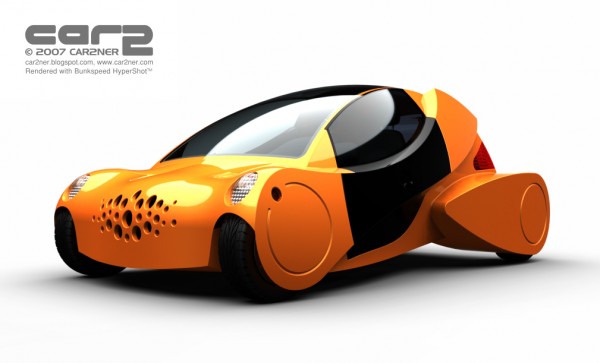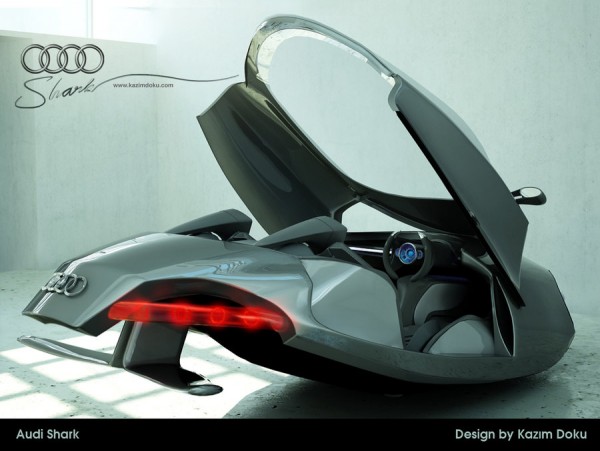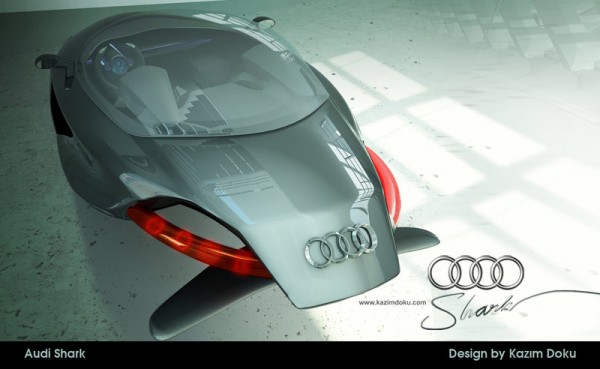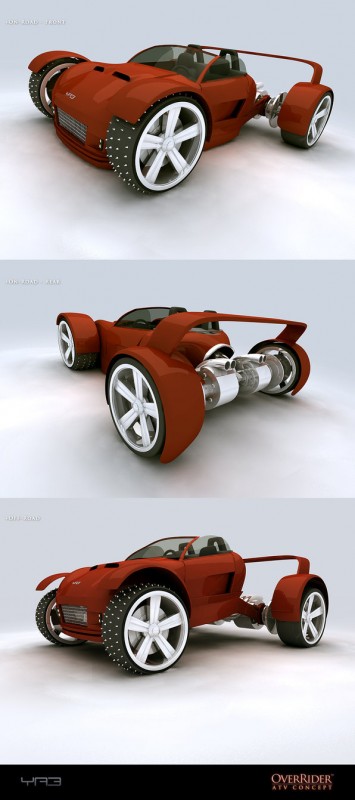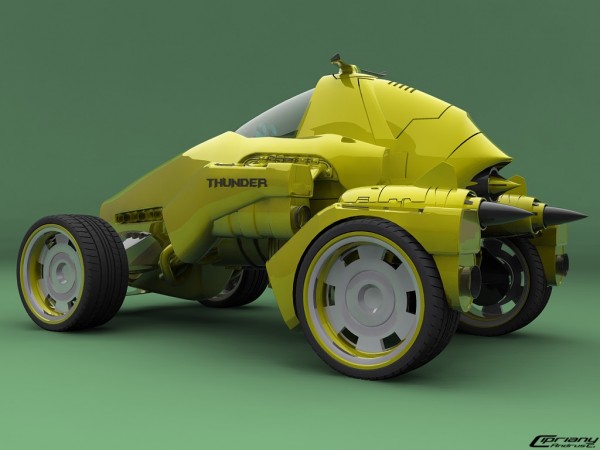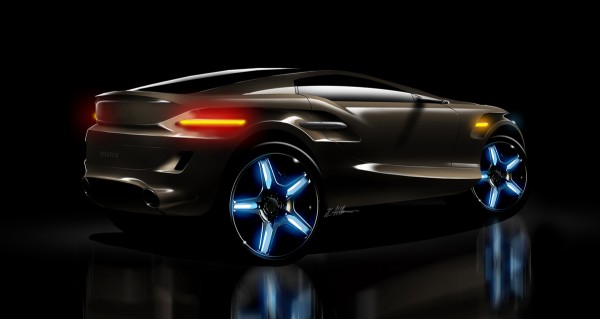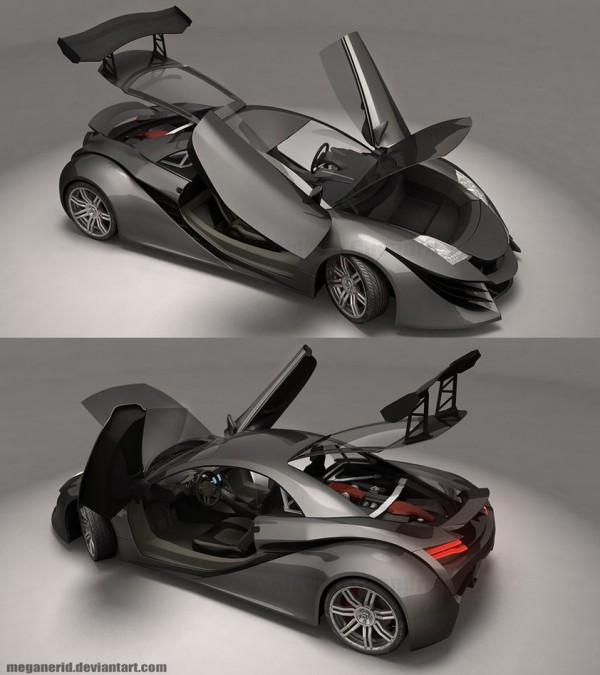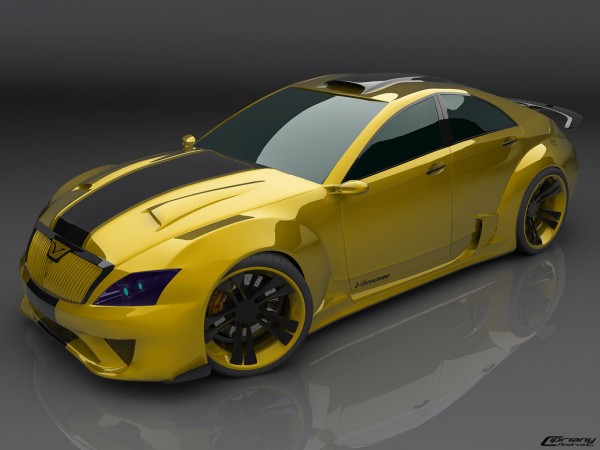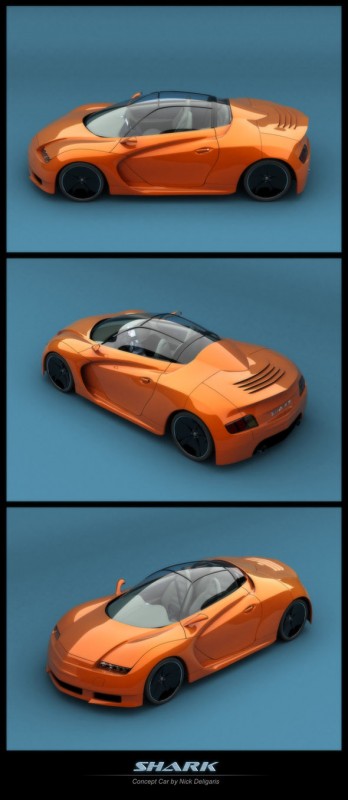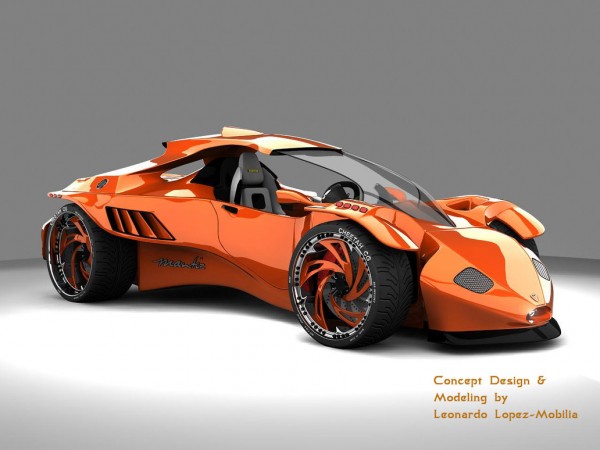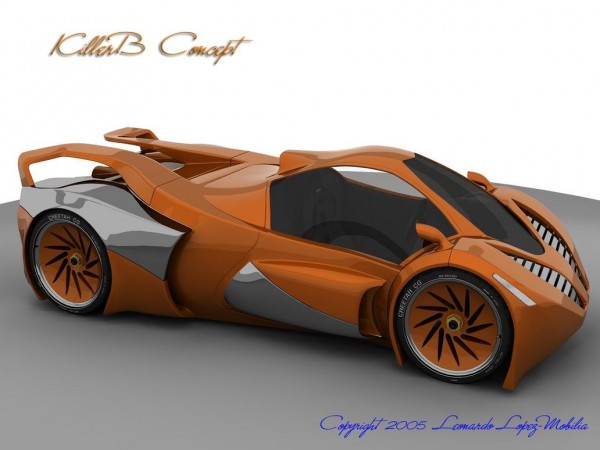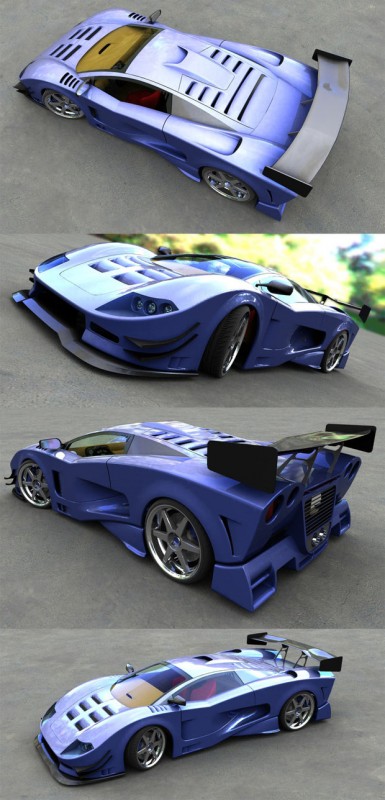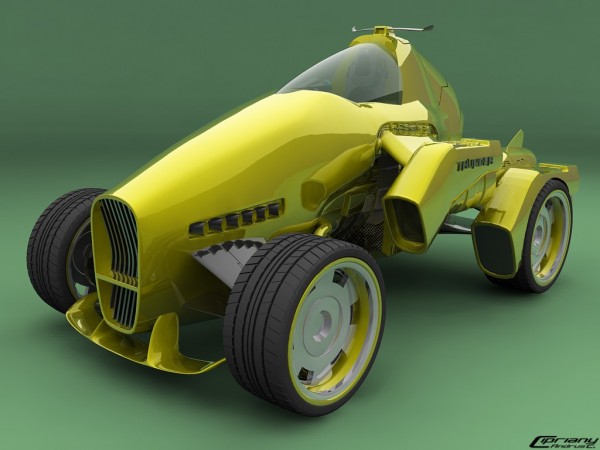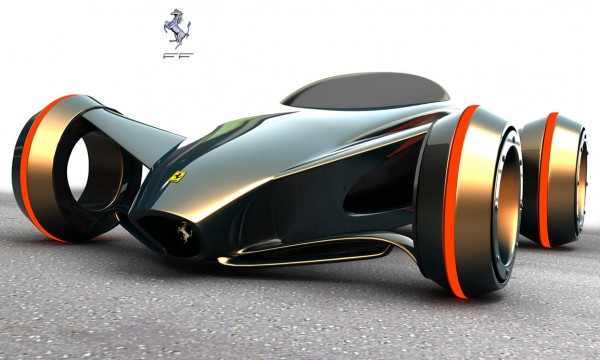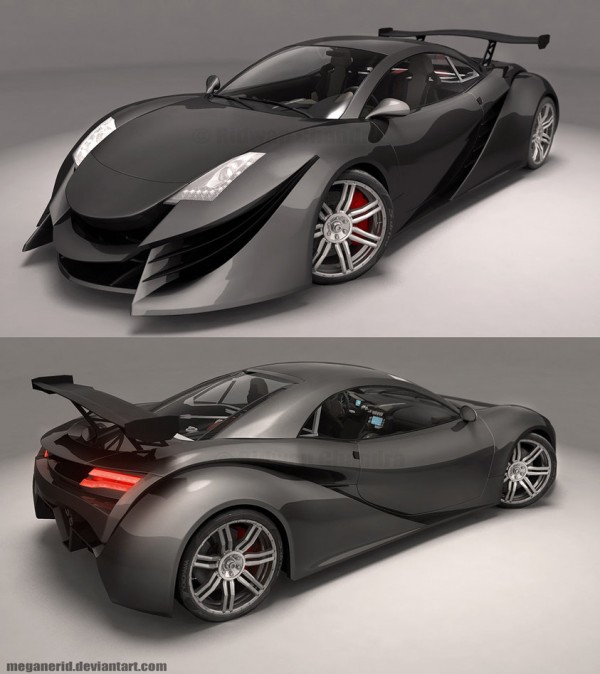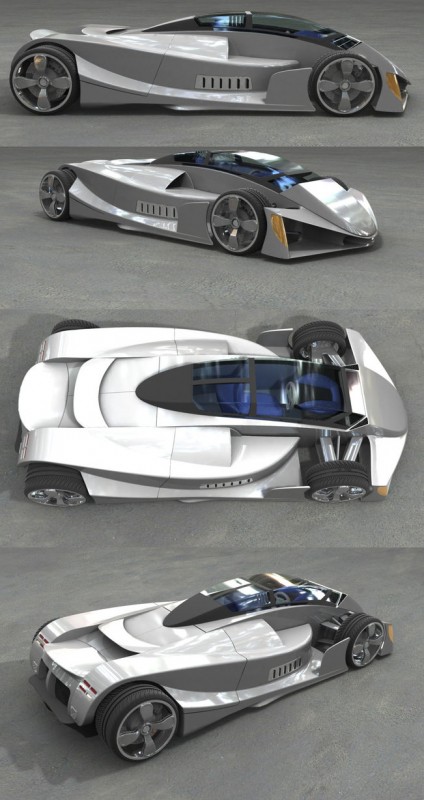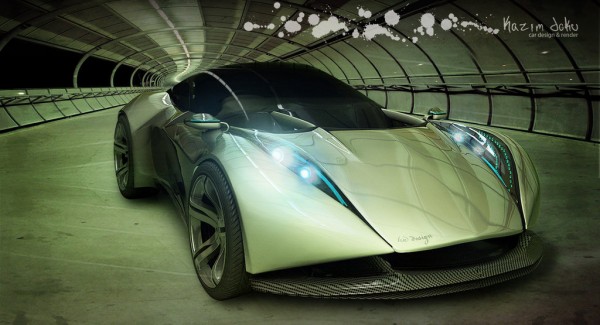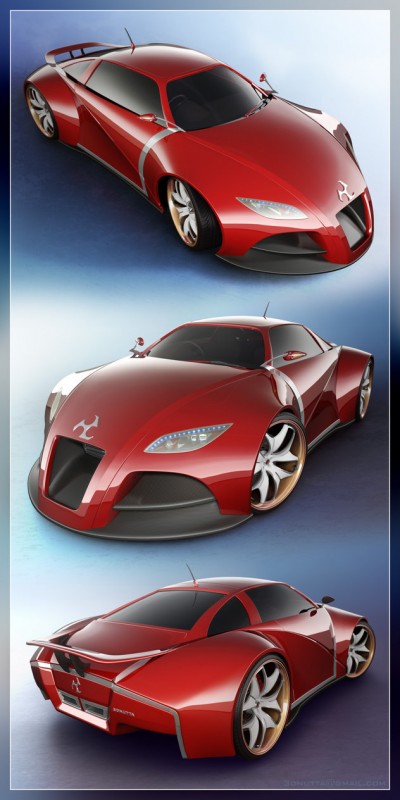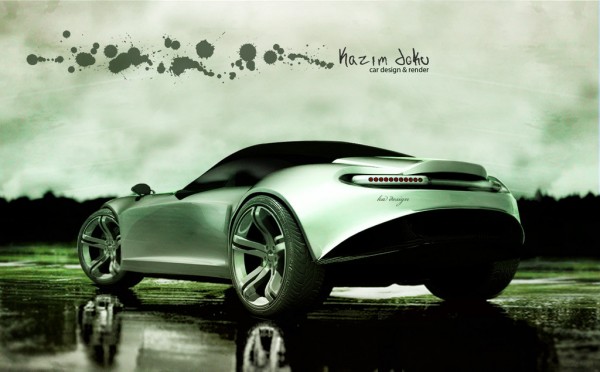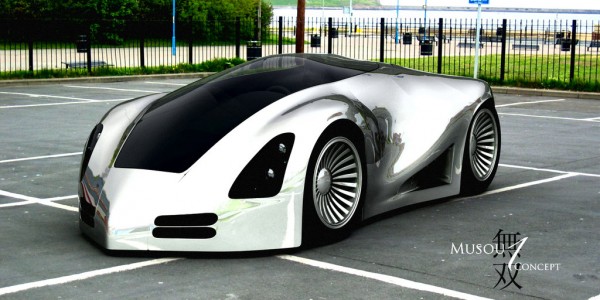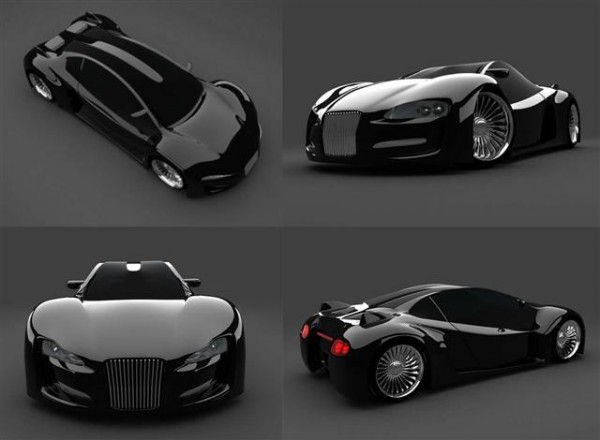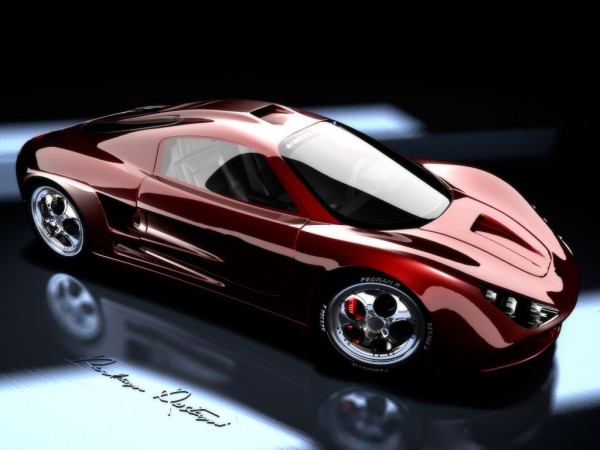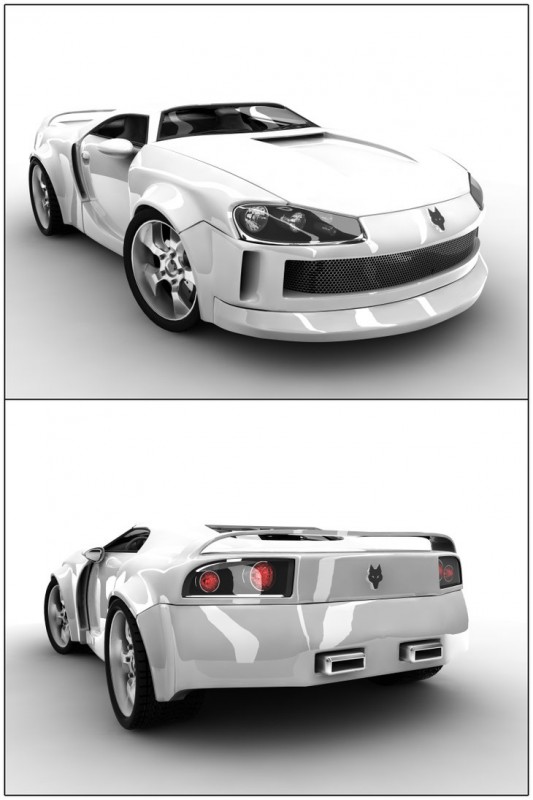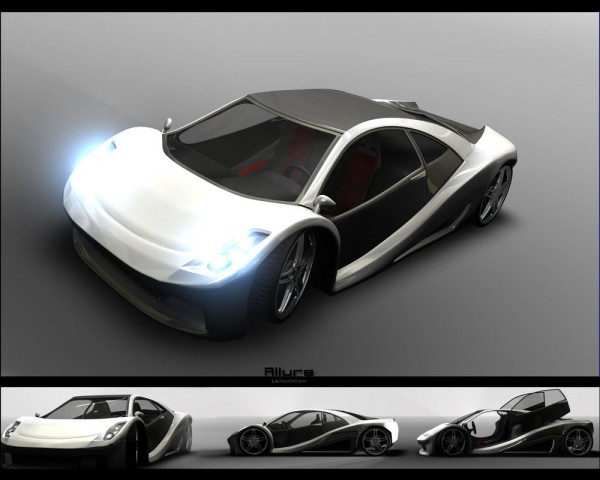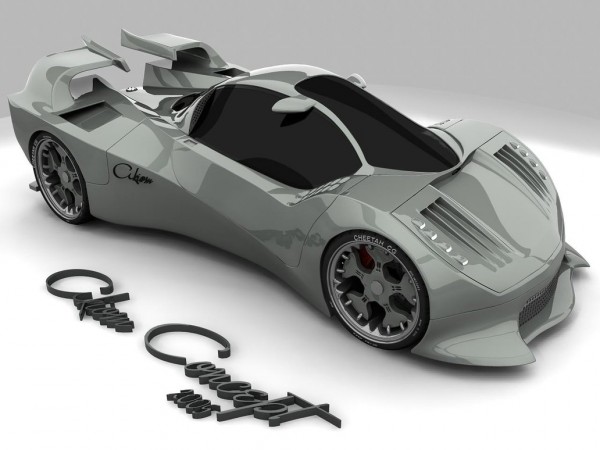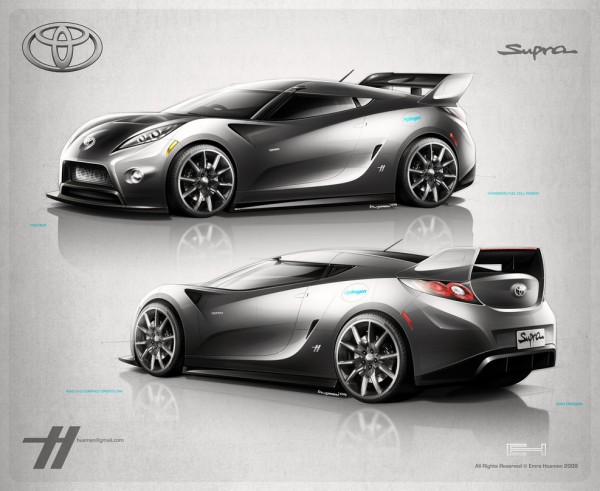NASA's Orbiting Carbon Observatory, a new satellite dedicated to mapping Earth's carbon dioxide levels, crashed into the ocean near Antarctica just after launch Tuesday when a shroud designed to protect the spacecraft accidentally doomed its mission.

The glitch occurred just minutes after the
$280 million spacecraft blasted off at 4:55 a.m. ET atop a
Taurus XL rocket launched from Vandenberg Air Force Base in California.
"Our whole team at a very personal level is disappointed in the events of this morning," John Brunschwyler, the Taurus project manager for the Dulles, Va.-based rocket manufacturer Orbital Sciences, said in a somber post-launch briefing. "It's very hard."
The
972-pound (441-kilogram) OCO spacecraft was NASA's first satellite built exclusively to map carbon dioxide levels on Earth and understand how humanity's contribution of the greenhouse gas is affecting global climate change. The satellite carried a single three-channel spectrometer to make its detailed measurements and was slated to launch into a near-polar, sun-synchronous orbit that would fly about 438 miles (705 kilometers) above Earth.
Brunschwyler said the first sign of trouble came about three minutes after liftoff, when the Taurus XL rocket's telemetry showed no sign that it had shed its
clamshell-like payload fairing.
The fairing is a nose-mounted shroud that protects the spacecraft inside from atmospheric drag until the booster reaches space. If the fairing had separated, launch controllers would have expected to see the spacecraft and its upper stage accelerate more quickly, since it would have shed the excess weight. But that speed boost never occurred.
"As a direct result of carrying that extra weight, we could not make orbit," Brunschwyler said, adding that the failure ultimately sent OCO crashing into the ocean near Antarctica. "We're fairly certain that it did not fly over any land and it landed short of Antarctica."
Investigation on tap NASA is assembling a mishap investigation board to investigate the failed launch and, agency officials hope, pinpoint a root cause. The investigation will be key for NASA's Glory satellite, an environment-monitoring spacecraft also designed to aid climate change studies. Glory is due to launch on a Taurus rocket in October.
Slideshow: Month in Space "Our goal will be to find a root cause of the problem," said NASA launch director Chuck Dovale. "We won't fly Glory until we have that data known to us."
NASA's OCO spacecraft and its Taurus XL booster were built by Orbital Sciences. The four-stage solid fueled Taurus XL rocket stands about 93 feet (27 meters) tall and is capable of launching satellites weighing up to 3,500 pounds (1,590 kilograms) into low Earth orbit. The rocket is a land-based version of Orbital Sciences' Pegasus booster.
Since its 1994 debut, the Taurus rocket has flown six successful missions out of eight launches to orbit 12 satellites. The last Taurus payload reached space successfully in 2004. The one failure before Tuesday's contingency
occurred in September 2001.
Blow to climate science The loss of NASA's OCO spacecraft is a blow to global climate research after eight years of development to ready the satellite for launch.
Slideshow: Earth as art Researchers hoped the spacecraft would provide definitive answers to questions surrounding Earth's natural carbon dioxide cycle, as well as how the planet processes the 8 billion tons of greenhouse gas produced by the burning of fossil fuels and other human endeavors each year.
"OCO was to make some important measurements of the carbon cycle," said Michael Freilich, director of NASA's Earth Science Division. "What we're going to do is take a good, solid and thoughtful look at how best to advance earth system science in general, and with a focus on the carbon cycle, given all the assets that we have available now and into the near future."
Currently, scientists depend on 282 land-based stations — and scattered flights of instrumented aircraft — to monitor carbon dioxide at low altitudes. The hope is that higher-resolution data about the carbon cycle will lead to more accurate computer models for predicting climate trends, as well as a better understanding of natural mechanisms that could be used to counter carbon dioxide emissions.
Climate scientists expected OCO to take the lead in an international collection of weather-monitoring spacecraft known as the "A-Train," which fly in a trainlike progression over Earth with the goal of building a three-dimensional picture of the planet's weather and climate change, as well as understanding human contributions to the greenhouse effect and global warming.
Japan's recently launched
Ibuki climate-studying spacecraft, as well as other satellites already in orbit, may be able to compensate for the lack of the OCO. Freilich said engineers also will look at existing spacecraft spare parts and decide whether it makes sense to build a replacement observatory.
While there is hope to be able to pick up where the OCO's loss left off, much work lies ahead before NASA officials can "decide how it is best scientifically, and for the nation, to move forward," Freilich said.







